How Dogon Art Inspired Western Artists
African art has long inspired Western modern artists like Pablo Picasso, Alberto Giacometti, and Amedeo Modigliani – among many others. Dogon art, in particular, may have been the driving inspiration behind 20th-century movements such as Cubism.
The Dogon People
The Dogon people of Mali live in one of West Africa's most spectacular slopes: the Bandiagara Escarpment, a row of cliffs that stretch 125 miles parallel to the Niger River. The Dogon seem to have come from the west bank of the river around 1490, initially fleeing from the Mossi people and taking refuge in the cliffs. According to oral tradition, the remoteness of the Escarpment was one of the main reasons the Dogon chose to settle there, allowing them to resist conquest first by Muslims and then by French invaders.
Art and Culture of the Dogon People
Their isolation has also meant that Dogon culture has remained some of the most untouched and authentic on the African continent. Their environment touches almost all aspects of Dogon culture – including visual art. A complex body of myths details the creation of nature and mankind's place within it. Precipitation is scarce, and the difficult terrain means that prayers for rain and healthy crops run most of Dogon rituals. It is in the context of these rituals that Dogon art operates.
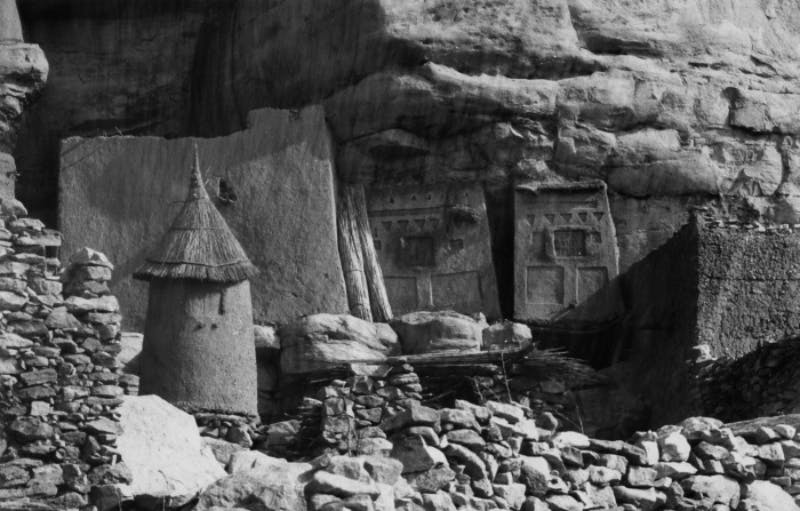
Religion and Ritual
Dogon religious practices and material culture are steeped in animism. Dogon art is endowed with metaphysical powers, and it is created mainly for religious purposes: sacred objects to be placed in shrines or used in rituals. According to the Dogon vision of cosmogony, an entity called 'Amma' created the universe and all life. Dogon belief, however, is centered less on the creator of the universe than on the spirits of their ancestors, who are thought to be the intermediaries between human beings and the forces of the universe.
Related: The 5 Most Famous Civilizations of Pre-Columbian Art
There are three main cult beliefs: the cult of 'Lebe', the oldest ancestor of Dogon mythology, invoked in prayer for healthy soil and fertile grounds; the cult of 'Binou', a totemic institution that venerates immortal ancestors, including the first being created by Amma, called 'Nommo'; and finally the cult of 'Awa', the Society of Masks, responsible for anything concerning the spirits of the deceased members of one's own family, and the only institution that is not kept as a secret. The Awa society performs masked dances for funerary rites, which are open to visitors a few times a year.
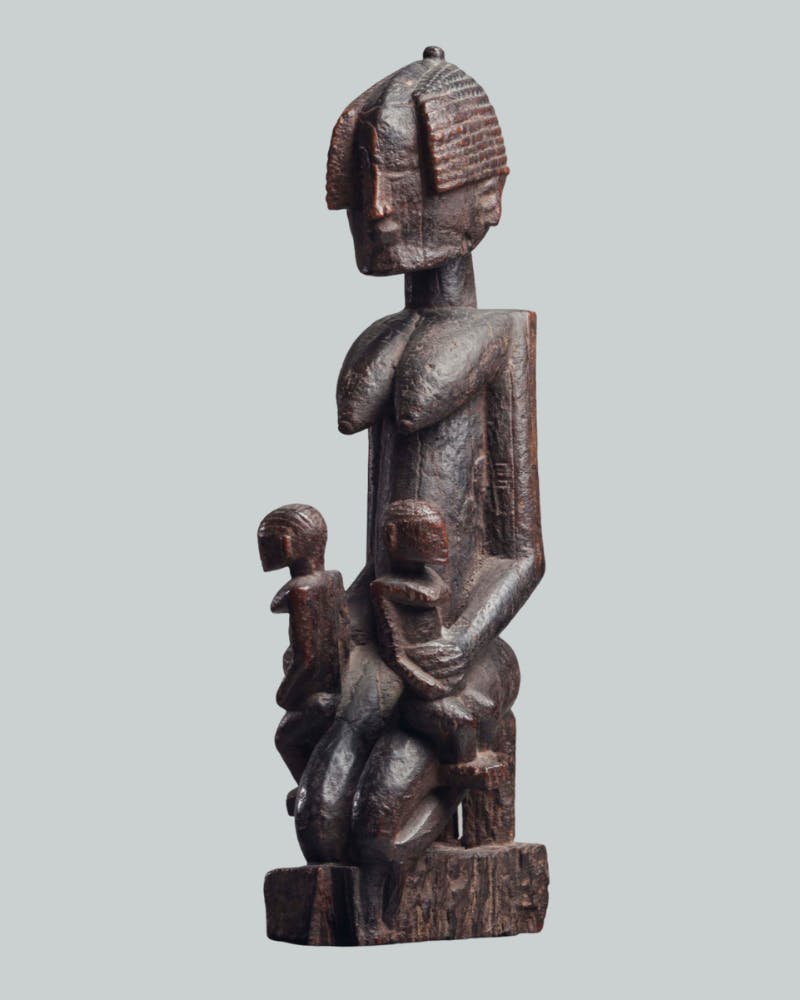
Masks and Sculptures
Figurative sculptures are often dedicated to the founders and ancestors of Dogon lineages and placed on altars, where collective sacrifices are performed in secret rites. For the Binou rites dedicated to immortal ancestors, the cult often uses cylindrical and abstract sculptures, although human and animal iconography is sometimes featured. Since Dogon belief is essentially animist, many objects can be attributed supernatural powers – even the most mundane household items such as bowls and door knobs can reflect and materialize in some way Dogon cosmogony.
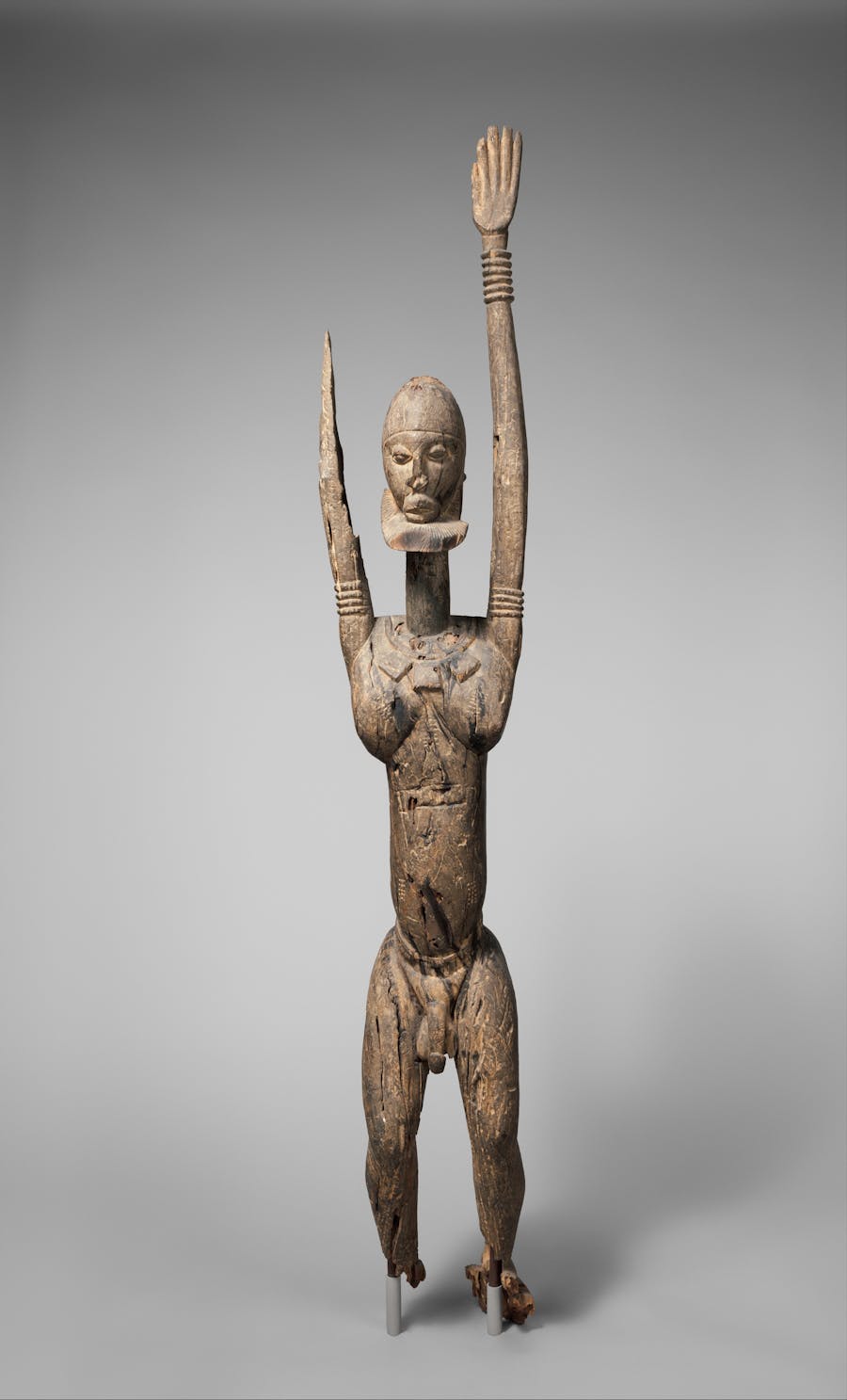
Mythology thus pervades most aspects of Dogon life – from material culture to social relations and the organization of villages. Yet most of it is inaccessible to outsiders, or forms too complicated a fabric of belief to be decoded by those outside of the cults. What isn't limited to outsiders, however, are the masks publicly exhibited in rituals concerned with death, in rites that typically last six days.
Related: Oceanic Art: a Beginner’s Guide
Made of carved wood or knotted fiber, it is estimated that there are more than 70 types of masks, representing everything from humans, animals, objects, and even abstract concepts. These masks are what has captivated the interest of ethnographers and art historians, and popularized Dogon art all over the world.
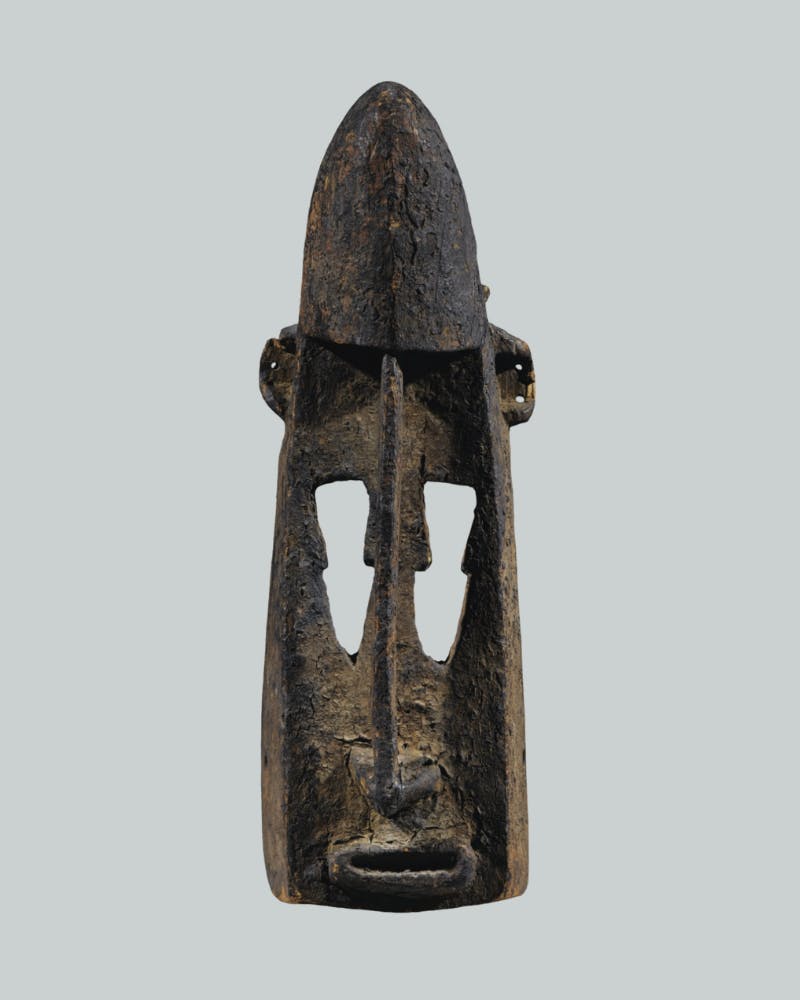
Expeditions and Expropriations
Research in the Dogon territory began in the 1930s, with a famous 1931 anthropological expedition led by French researcher Marcel Griaule, accompanied by Michel Leiris, a French surrealist writer and ethnographer. In 1935, a second expedition was undertaken to continue Griaule's study of the Dogon use of masks. In the following years, both authors published extensively on the Dogon people and their customs, being particularly captured by Dogon mythology and its expression in their visual art. Griaule wrote: “The smallest everyday object may reveal in its form or decoration a conscious reflection of a complex cosmogony”. Leiris too wrote of the Dogon country as "crowded too enchantingly with sanctuaries, ritual objects, sacred places of all kinds", and the men "tied too continually to a fabric of rites", making it impossible to give a complete account of the place.
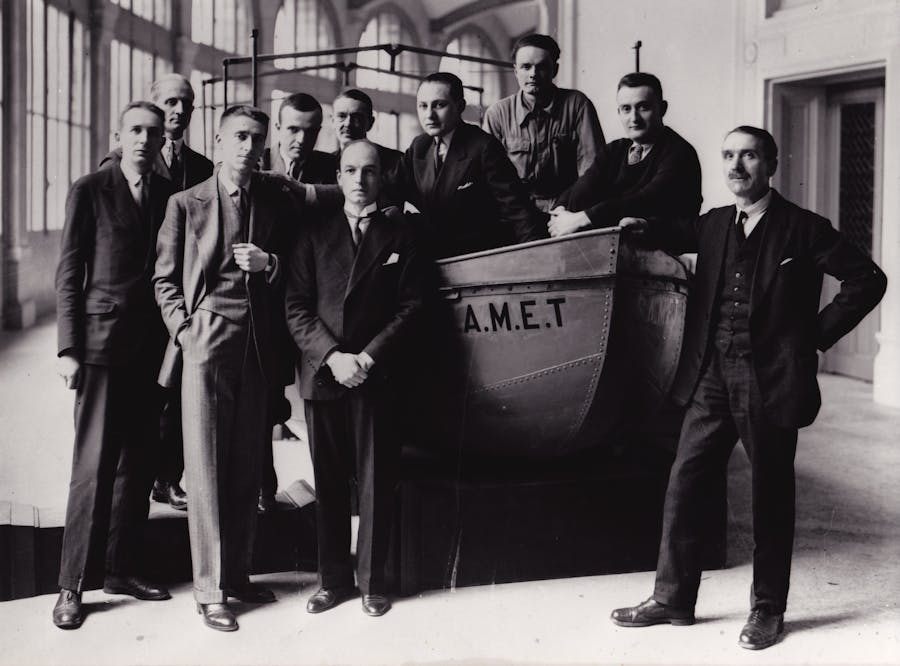
Artistic exchanges with the Dogon people had already begun in the 15th century with Muslim traders and merchants, but it was in particular the 20th-century colonial expeditions by French ethnographers that disseminated Dogon culture, bringing back to Europe an influx of African and Dogon objects. And by the time Griaule and Leiris had come back to France, ethnographic objects were not just displayed as 'curiosities' in European museums, but had been re-evaluated as objects of art historical significance, with all the cultural narratives attached to them to captivate Western audiences.
Unmasking Modern Influences
For many Western artists, African art proved a life-long source of inspiration – and this was particularly evident with the art of the Dogon. Especially for the avant-garde artists in the School of Paris, the stylized rendering and emotional intensity of African sculpture, combined with the painting styles of post-Impressionist painters such as Cézanne and Gauguin, served as an entryway into modern art – allowing them to leave behind the naturalism that had characterized Western art since its inception. African artists had in fact been the first to abstract forms in many ways, working with malleable materials such as wood that allowed for sharp lines and ultra-faceted features. The supernatural powers attributed to sculpture, too, had made African art concerned not with reality and its loyal reproduction, but a carrier to higher meanings. This was a revolutionary concept – one that would influence much of modern art – and one that was especially embodied in Dogon sculpture.
Related: How Cubism Changed the World
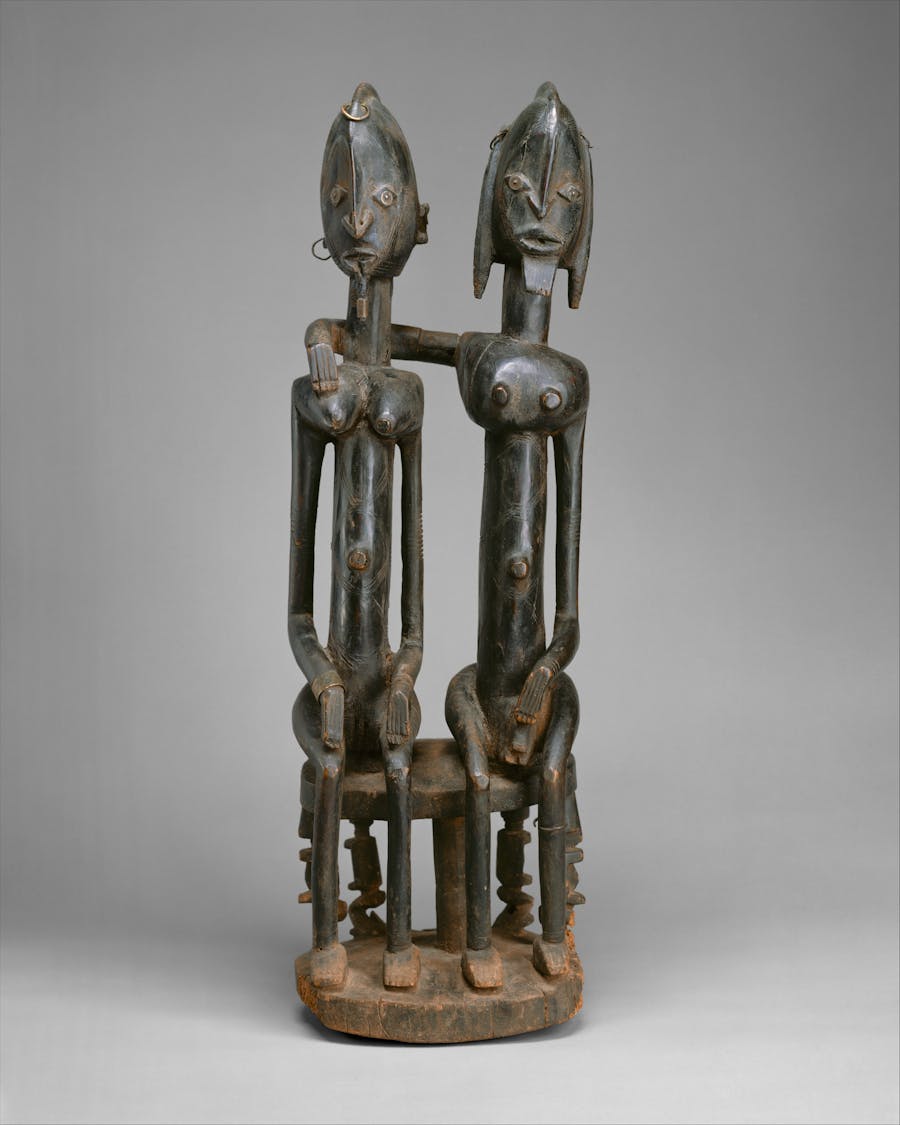
Of particular importance was the Musée d'Ethnographie, built on Trocadero hill in Paris. The museum had been a space where many artists discovered what was at the time termed 'primitive' art. In the mid-1930s, after his trip to the Dogon, Michel Leiris had been given a post at the Trocadero, and continued studying and writing about African and Dogon art in surrealist publications, broadcasting Dogon culture throughout 20th-century Paris.
Giacometti, Picasso, Brancusi, Modigliani
For someone like Alberto Giacometti (1901-1966), a personal relationship with Leiris led to a lasting infatuation with Dogon art. It has often been noted how in Giacometti's exploration of surrealism and existentialism after the Second World War, the thinner, elongated anatomies of his sculptures were visionary symbols not only of the suffering of men, but also resembled the abstract and uncanny figures found in African art – especially that of the Dogon. In particular, Dogon sculptures known as Star Gazers, presenting elongated men with strikingly thin limbs looking towards the sky, are thought to have been a major inspiration for Giacometti.
Related: Alberto Giacometti: Sculptor of Unbearable Lightness
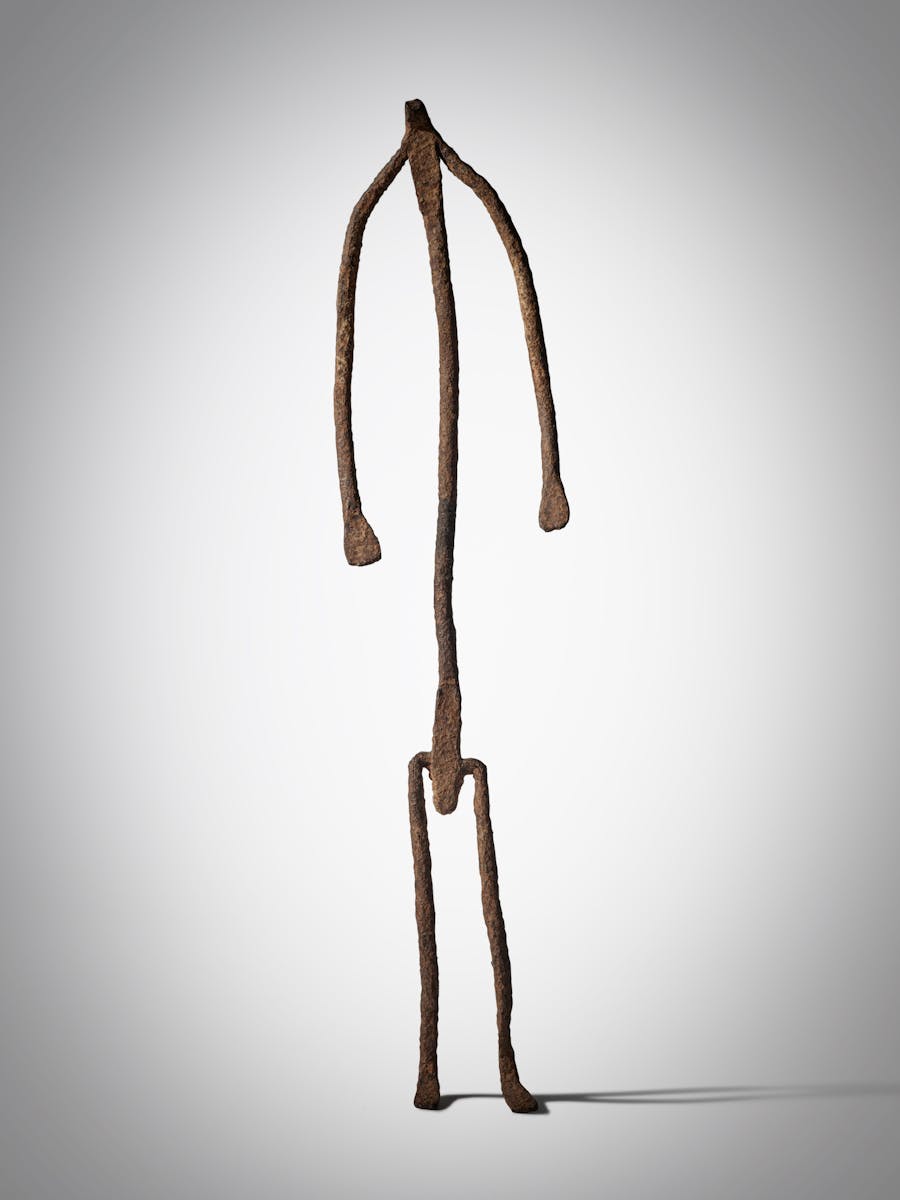
Pablo Picasso too had been significantly inspired by African art, and though he had acknowledged that visiting the Trocadero in Paris had changed him as an artist, later in his life he denied the importance of African art in his aesthetics. Les Demoiselles d'Avignon, often seen as the very first painting which gave birth to Cubism, features three women on the left modeled on Iberian sculptures, and two women on the right modeled on ceremonial Dogon masks, which Picasso himself was a collector of. In his older years, the artist was keen to emphasize the Iberian influences for patriotic reasons, but it has been widely recognized that the abstract cubist shapes he is best known for were the result of several years spent studying African and Dogon art.
Related: The 10 Most Expensive Sculptures Sold at Auction
Similar observations have been made about many other modernist artists, such as Constantin Brancusi, whose long, tubular shapes recall the abstract animals found in a lot of African tribal art; and Amedeo Modigliani, whose elongated faces closely resemble the Fang masks from Gabon, also in West Africa.
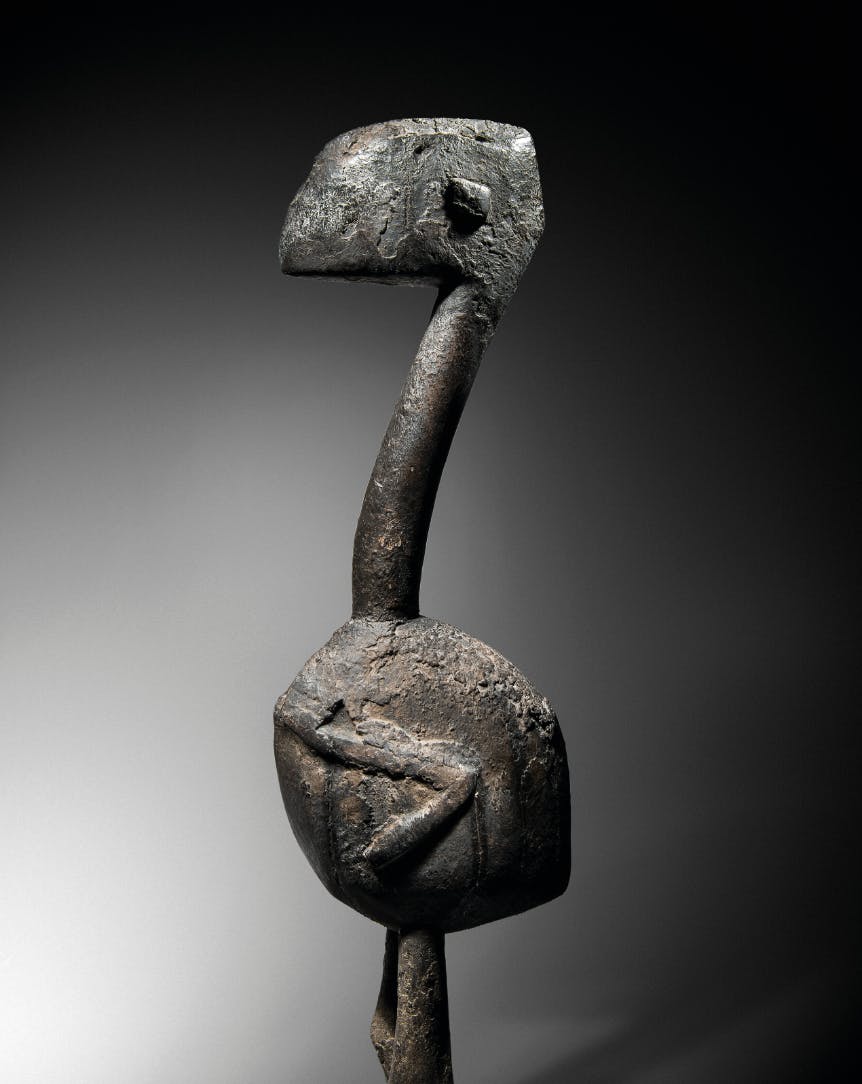
Want more articles like this delivered straight to your inbox? Subscribe to our free newsletter!
Cultural and artistic exchanges between different cultures are nothing new to the history of art, but perhaps the impact that African and Dogon art has had on Western modernism has not been fully recognized by its main beneficiaries. The visionary expressiveness of African and Dogon art, imbued as it is with infinite symbolisms, might be the common denominator among many of the most celebrated modernist artists.


